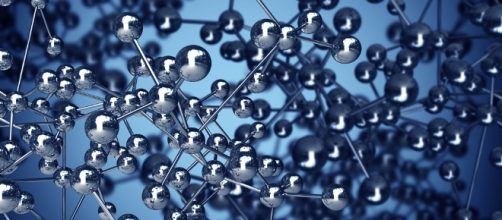Mikhail Lemeshko, a scientist from the Institute of Science and Technology Austria (IST Austria) has shown that a set of theoretically predicted quasiparticles called Angulons do in fact exist, he has shown that several experiments from the last two decades are in perfect agreement with the predictions of Angulons.
His work was published in physical review letters under the title ''Quasiparticle Approach to Molecules Interacting with Quantum Solvents.''
Water and tea
When we add tea to water, the tea molecules start to dissolve in water molecules, in such cases the water is called a solvent and tea is called a solution, these concepts describe any molecule that dissolves or interacts with another set of molecules like water and tea.
But what happens when molecules rotate and dissolve and rotate in other molecules? unfortunately, the question is impossible to answer since you will have to model the movement of billions and billions of particles which in turn requires the help of very powerful computers, but even with the aid of supercomputers, such calculations will take forever to be done.
In such cases, scientists try to do some tricks in order to solve the problem, so instead of modeling the behavior of each particle individually, they assume that a large class of particles clumped together are a single particle. For example, if scientists want to understand the physics behind billiard balls moving on a table, instead of modeling each atom and particle inside the billiard balls, they consider each ball a particle itself, and they call that a quasiparticle, this way any calculation could be extremely simplified and could be done in a reasonable time.
Confirming the quasiparticles
Using the same ideas in solvent-solute interactions, Mikhail Lemeshko has treated the solute molecule and the surrounding solvent molecules as one quasi-molecule and called it Angulon.
Angulons were predicted two years ago by Lemeshko himself and his colleague, but it was only ink on paper. Now, Lemeshko published his research on the actual existence of Angulons, he did not perform an experiment to confirm the existence of Angulons, but he has been reviewing several experiments over the last two decades from various laboratories across the globe. These experiments show, according to Lemeshko, that Angulons do in fact form inside superfluid helium droplets.
"In our first study, we proposed angulons as a possibility for describing the rotation of molecules in solvents.
Now we have provided strong evidence that angulons actually exist," says Lemeshko. This substantially simplifies existing many-particle theories and could lead to applications in molecular physics, theoretical chemistry, and even biology.''

